8 Things You Must Bring To Hike Mount Kinabalu
Rising 4,095 meters into mist-veiled skies, Mount Kinabalu stands as Malaysia’s tallest peak and one of the region’s premiere hiking challenges. While one needs no technical mountaineering skills to reach its summit, tackling the granite massif remains a formidable adventure requiring thorough preparation.
Failing to pack proper gear and provisions risks turning your ascent of Borneo’s sacred mountain into an uncomfortably cold, slippery and exhausting endeavour. Heeding the weather conditions and climbing requirements helps ensure a successful trek to the top that feels gratifying rather than grim.
This guide covers eight essential things serious hikers must bring to conquer Mount Kinabalu. Prepared with this equipment and knowledge, you can climb confidently to soak in the sun rising atop magnificent vistas.
1. Proper Hiking Shoes With Good Traction and Support
Comfortable footwear acts as the foundation for any rewarding hike. Mount Kinabalu’s combination of steep granite slopes and frequent rainfall warrants waterproof shoes or boots offering:
- Reliable traction on slippery terrain and loose rocks
- Rigid ankle support necessary for carrying loads up and down tiring inclines
- Abrasion protection against sharp granite edges prone to scraping
Before tackling the 8-12 hour ascent, break in your new hiking shoes until supple and molded perfectly to your feet. This prevents painful blisters from new pressure points forming mid-climb.
Having footwear you can fully trust when exhaustion sets in coming down after sunrise helps each downhill step feel steady rather than strained. Plus keeping feet dry atop Low’s Peak makes admiring the sweeping vistas much more enjoyable.
2. A Lightweight, Waterproof Backpack
A 25-40 liter backpack suits carrying all your provisions during the multiple ascents towards the mountain huts. Key features include:
- Waterproof fabric or an integrated rain cover to keep contents dry. Sudden storms frequently strike and wet gear ruins morale.
- Hip belt for transferring weight off shoulders to stronger glute and thigh muscles.
- External daisy chains to lash on extra equipment like collapsed hiking poles.
Aim for the lightest possible pack without sacrificing durability. The burden of its weight strains your stamina for what lies ahead. Test different models when loaded to find the best harnessing fit for your body frame.
3. Layered Clothing For Versatility and Warmth
Given Mount Kinabalu’s elevations spanning humid jungle to chilling above-tree-line ridges, clothing yourself properly requires innovation. The microclimates surrounding the peak shift from sweat-inducing heat to frigid winds rapidly. Adaptability is key.
Follow the 3 layer principle:
Base layer – Lightweight, sweat-wicking shirts and leggings clinging close to skin
Mid layer – Fleece jacket and pants for warmth without bulk
Outer shell – Waterproof, windproof jacket and pants as final protection
Adjust configurations as cloud envelopments and sun exposure fluctuates. Having breathable and quick drying under layers prevents soaked sweat chill. Thick insulation boosts heat. Outer defenses halt cold gusts piercing through when fully exposed.
4. Headlamp For Pre-Dawn Summit Attempts
Assaulting Mount Kinabalu’s peak at sunrise means commencing hiking around 2-3 AM up steep, dark slopes. Fumbling without visibility poses serious injury risks.
Wearing a headlamp keeps both hands free for gripping chains or trekking pole stability when ascending the final stretch to Low’s Peak in darkness. LED models providing 300+ lumens easily illuminate terrain enough to identify secure foot placements and grips ahead.
Waterproof batteries and housing also helps lights endure freezing temperatures and sudden mountain downpours at higher attitudes.
Having helmet-mounted light keeps vision focused ahead on the path rather than looking down, which causes missteps. Some models swivel to cast beams directly where eyes peer.
5. Adequate Water and Nutrient-Dense Snacks
Vigorous uphill hiking for hours burns tremendous calories and dehydrates bodies faster due to respiratory water loss. Avoiding depleted energy means packing:
- 2+ liters of water per climb along with hydration salts tablets like Nuun to replace electrolytes sweated out. Higher altitude airs tend to mute thirst signals so intentionally sip more.
- Compact, calorie-dense snacks for bursts of sustaining energy. Items like trail mix bars, chocolate, dried mangoes, nuts or nut butter packets provide balance carbs and proteins.
Replenishing with a big meal back at the lodge later also aids recovery. But relying solely on that risks bonking beforehand. Stave off hunger pangs and muscle fatigue by strategically snacking above jungled slopes.
6. Medications For Preventing Altitude Sickness
Rapidly gaining elevation while climbing Mount Kinabalu can trigger headaches, nausea and dizziness in unacclimatized hikers. Staying properly hydrated and pacing ascents helps mitigate sickness.
Additionally, taking prophylactic medications better combats symptoms. Consult doctors beforehand but common options are:
- Acetazolamide (Diamox) – Prescription drug improving respiratory functions to increase performance at thinner airs.
- Ibuprofen – Relieves common headache and bodily aches if mild sickness manifests.
Having emergency provisions to immediately treat onset trouble then descend promptly helps prevent grave complications. Don’t downplay seemingly minor discomforts.
7. Cold Weather Accessories
Depending on weather luck, Mount Kinabalu’s higher reaches and dawn summits expose hikers to bitter winds and frigid temperatures necessitating:
- Warm wool beanies to insulates heat escaping from heads.
- Windproof gloves to retain dexterity manipulating carabiners or trekking pole grips without exposing skin.
- Balaclavas or neck gaiters shielding faces from whipping gusts during final exposed ascent.
Don’t underestimate the value of items like disposable hand or toe warmers to quickly thaw frozen fingers and prevent dangerous hypothermia.
Getting caught under-prepared by sudden cloud envelopments or fast-dropping temperatures could become life endangering rather than merely uncomfortable. Invest in sufficient insulating and wind-blocking accessories even if hauling dead weight down seems wasteful when clear skies prevail. Having gear and not needing it beats the risky alternative.
8. Trekking Poles
Mount Kinabalu is a high mountain and coming down would destroy your knees if you don’t have trekking poles. So make sure you:
- Bring at least 1 trekking pole
- Use them while you go up and down
- Make sure they are light enough and preferably foldable
Trust us, trekking pole will be a huge lifesaver especially during the summit attack and coming down part of the climb.
Gear Up and Embark With Confidence
When it comes to scaling granitic Mount Kinabalu, individual fitness level and willpower matter immensely. But best intentions easily falter lacking proper equipment suited for the various demands of ascending through humid jungle into cold, oxygen-scarce peaks.
Prepare by gathering suitable hiking boots, nutritious provisions, insulating apparel and medications before embarking upwards. A robust fitness base makes the passage achievable while appropriate gear makes it enjoyable rather than merely endured. Step steadily upward and respect the mountain’s more extreme tendencies once beyond the tree line.
Those crowning moments absorbing the landscape’s majesty at sunrise ultimately reward all the hours of grinding climb beforehand. With your trusted equipment shouldering the brunt, push yourself to ascend into thin air grandeur. Just remember to grab that extra beanie before heading out after dusk!
FAQs about Hiking at Mount Kinabalu
Temperatures at the summit typically range from -1°C to 5°C before sunrise. Wind chill can make it feel much colder so wear insulating layers.
Yes, hiring a private guide is not required. But going with a group led by an experienced guide provides safety.
The climbing season runs from February to November. Many favor April-June or September/October for drier weather chances. But rain still frequently occurs.
Rapid ascent to elevations over 3,000 meters before bodies adjust can trigger headaches, nausea and fatigue in hikers.
Most summit it in 2 days – meaning overnighting in a mountain hut. But very fit hikers can sprint up and down in a tough yet rewarding day climb.
Thank you for taking the time to explore our article! If you’re hungry for more camping tips and outdoor adventures, check out our next insightful piece on essential gear for a memorable experience here. Happy reading!




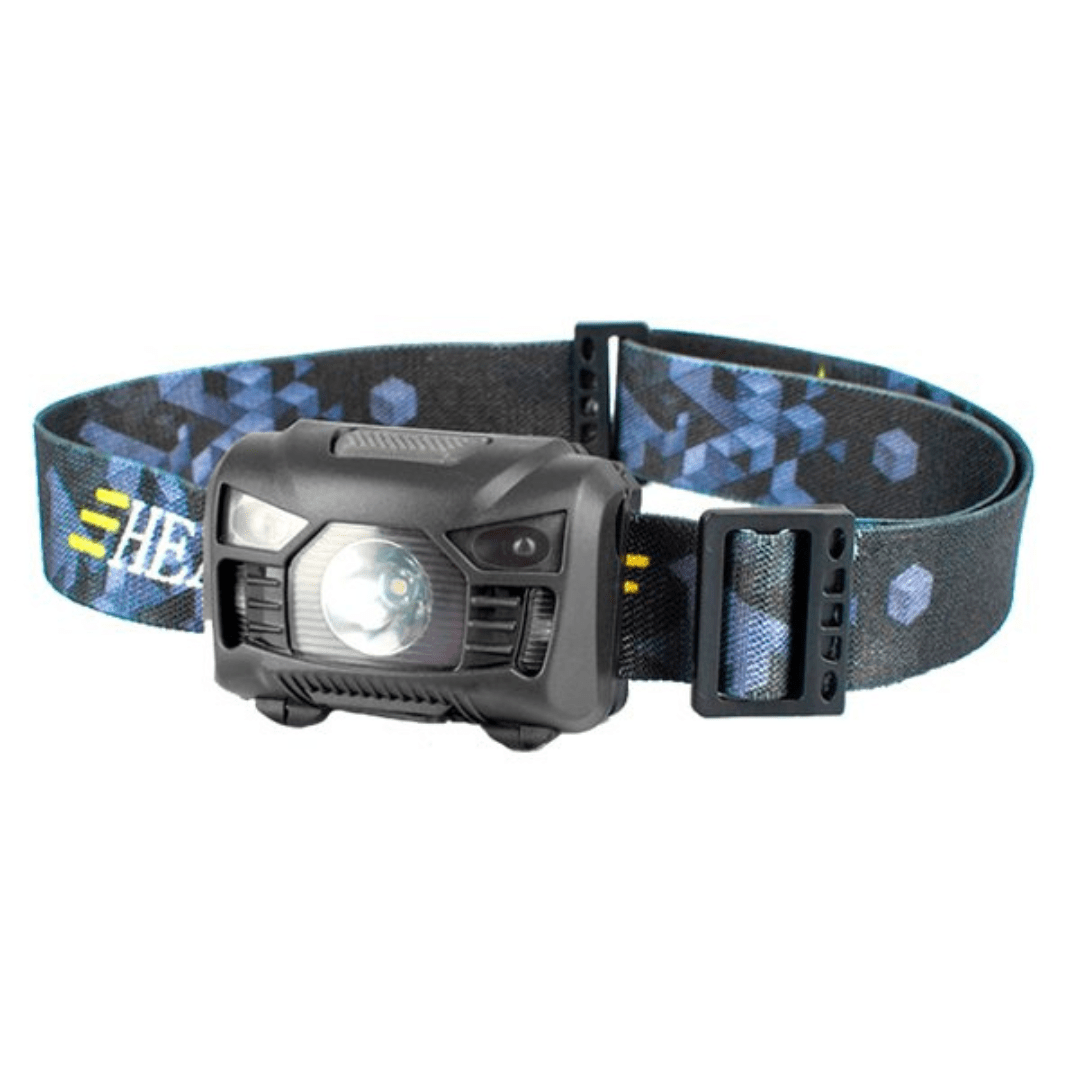
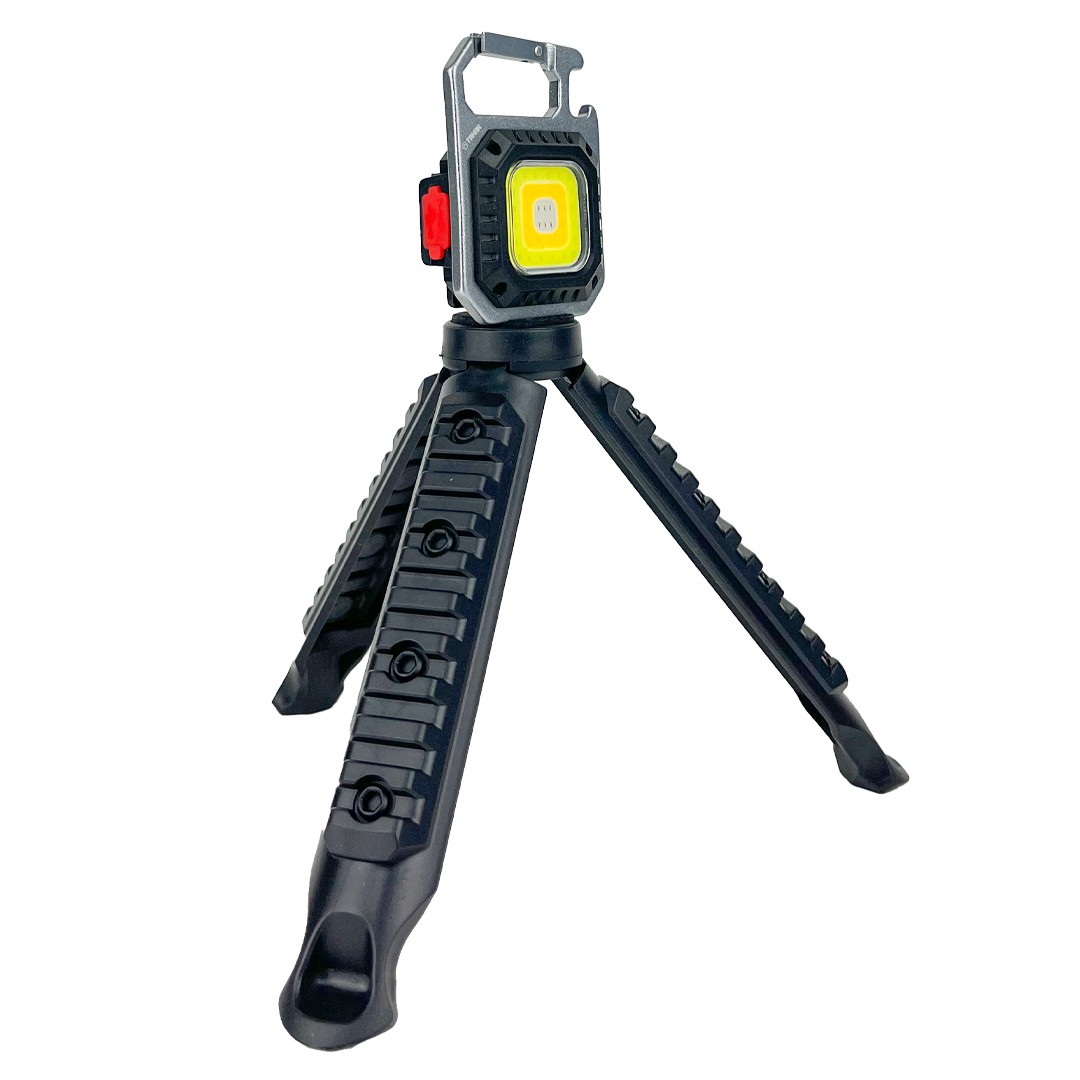
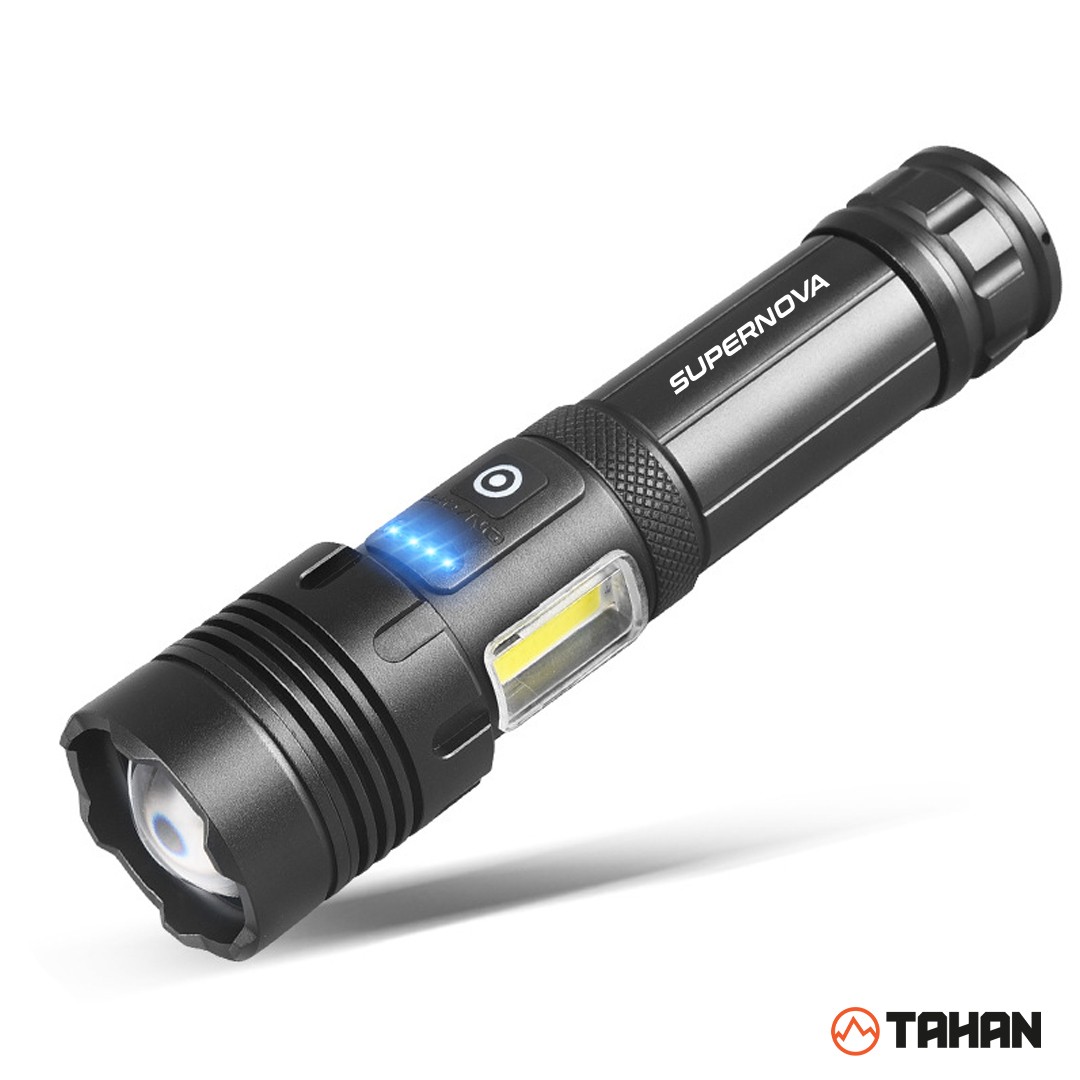
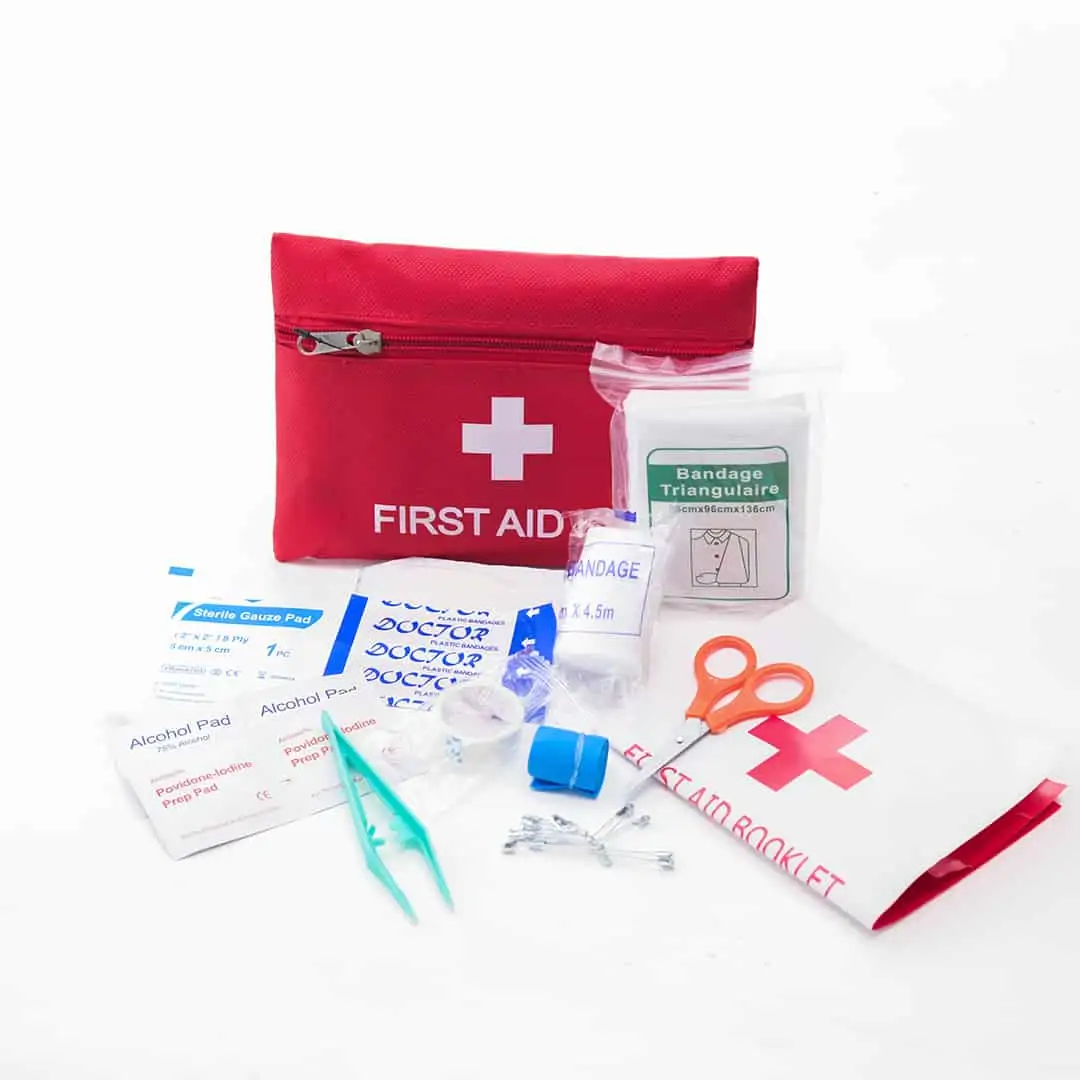

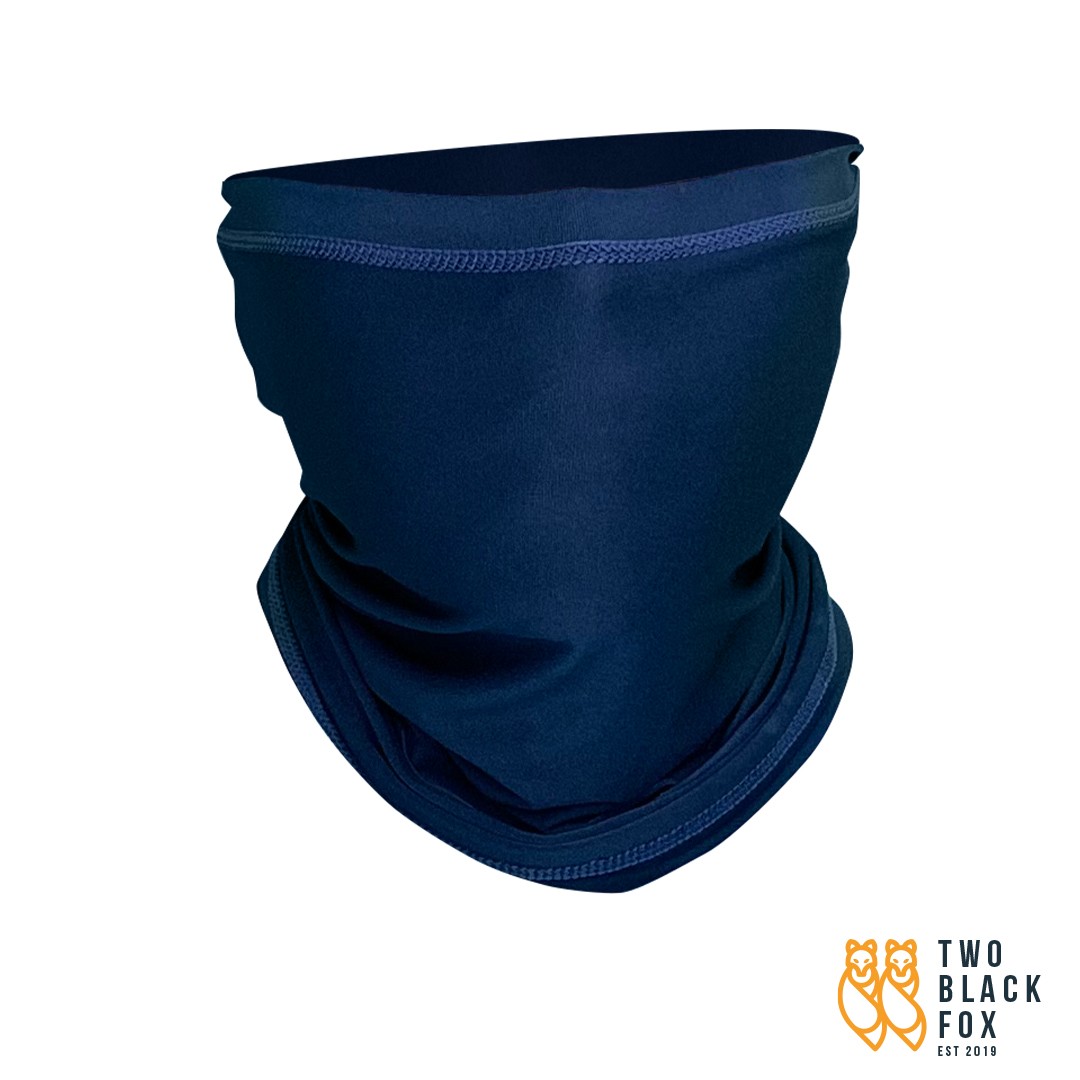
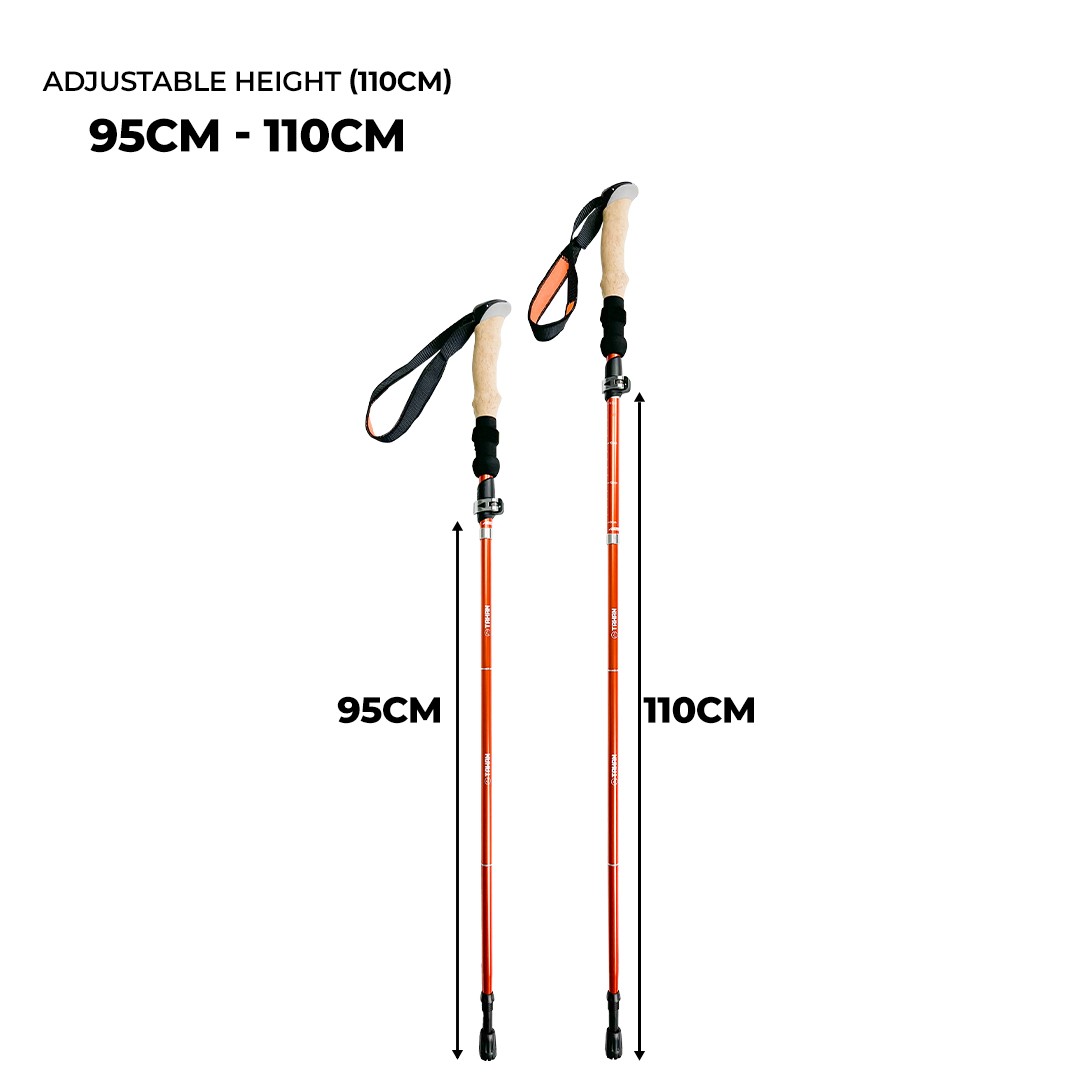
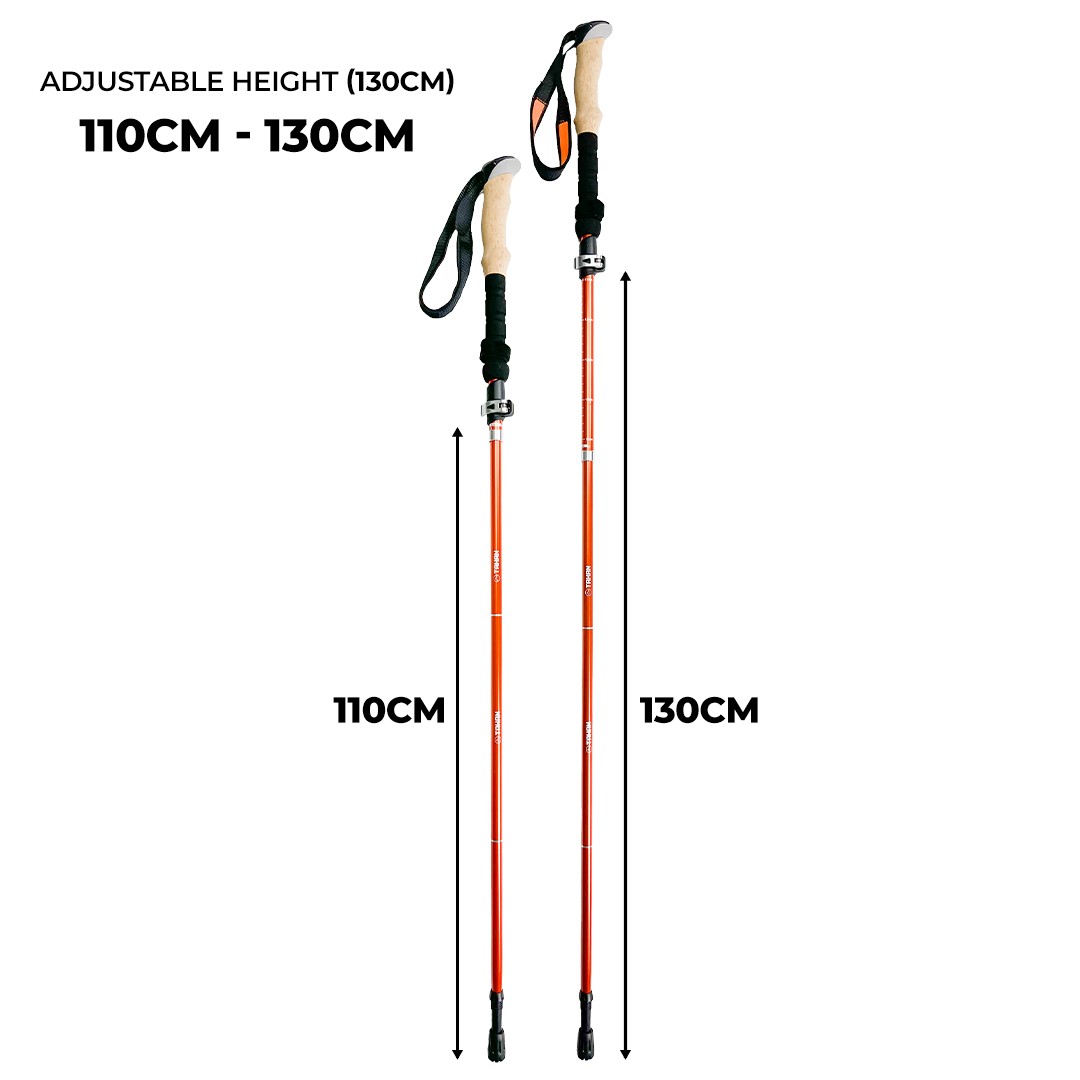
Shop Our Gears
Camp & Hike
TAHAN
COMBO
SLEEP SYSTEM
More tips that you might find useful:
12 Secrets to Getting Cheap Flights in Malaysia
马来西亚露营:户外探险综合指南
Camping in Malaysia: A Comprehensive Guide to Outdoor Adventures
Conquering Mount Kinabalu: A Hiker’s Guide to Malaysia’s Highest Peak
Camp Cooking Gear Guide – Build the Ultimate Camp Kitchen!
Top 5 Most Popular Campsites in Selangor
Ultimate Guide to Tropical Leisure Camping in Malaysia: TAHAN’s Top 5 Gear Picks
The Ultimate Guide to Hammock in Malaysia: Comfort, Adventure, and Relaxation